This isn’t a car. And I don’t mean that in the Marks & Spencer “this isn’t just a car” way – more like the opposite.
The Citroën Ami isn’t a car because, although it has four wheels, a motor, two seats, two doors, two pedals and a steering wheel, it’s a quadricycle – a category of small, light vehicle that also includes the Renault Twizy and, if you recall, the Reva G-Wiz.
In some European countries, a quadricycle brings with it certain liberties. You may drive it without needing a full driving licence or from as young as 14 (although not in the UK). They also don’t get crash-tested as rigorously as cars, nor do they have to comply with the latest emissions regulations, as you’ll know if you’ve followed some chugging two-stroke snotter along a French lane, where they seem most popular.
You used to see quite a few G-Wizes in London, too. An anaesthetist who was about to sedate me for some significant dental treatment owned one and asked me what I thought of them. Because he would be in charge of how awake I was while my dentist hammered and screwed things into my jaw, I told him: “I think they’re great.”
Obviously, I was lying through my… er… gums. But since seeing the Ami One concept at the 2019 Geneva motor show, I’ve been quite into the idea of this small Citroën alternative. It has now been productionised and, without the One suffix, the Ami is available for sale or rent in France, with other left-hand-drive countries due to follow in early 2021. Citroën would like to make it available in the UK, too, but its chances depend on public reaction, so if you want one, you will have to tell them.
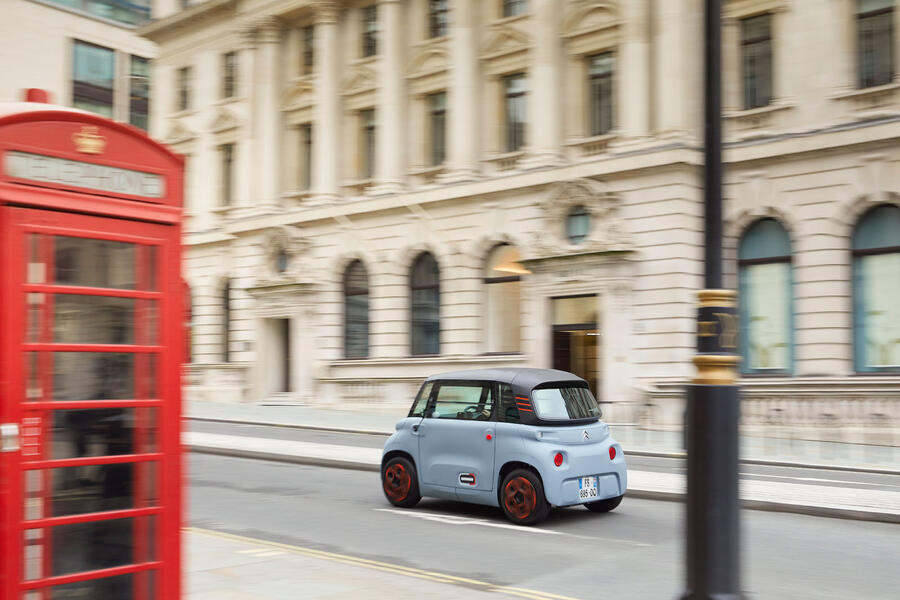
It’s small – just 2.41m long and 1.39m wide – and light, at 425kg without batteries. Its pre-battery weight of more than 350kg makes it a heavy, not a light, quadricycle, which is why UK drivers can’t pilot it at 16 after just a motorcycle training day (CBT) as they could a light quad.

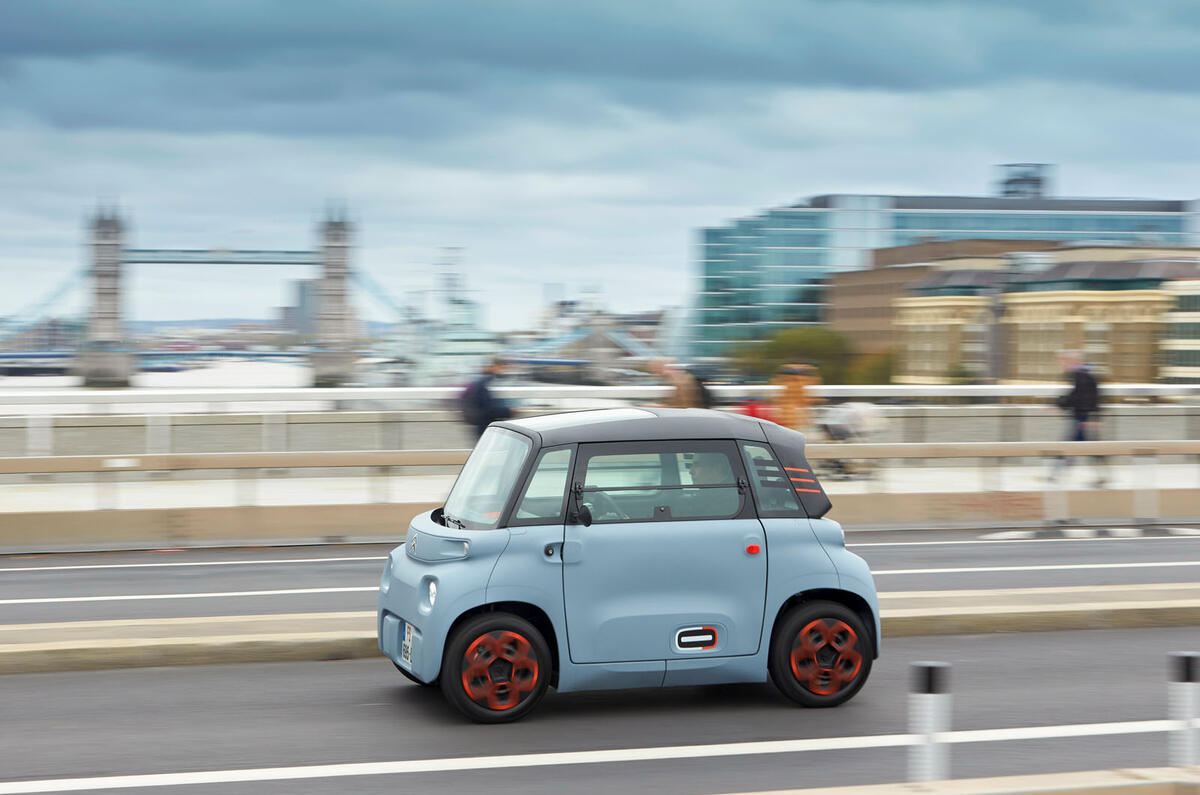








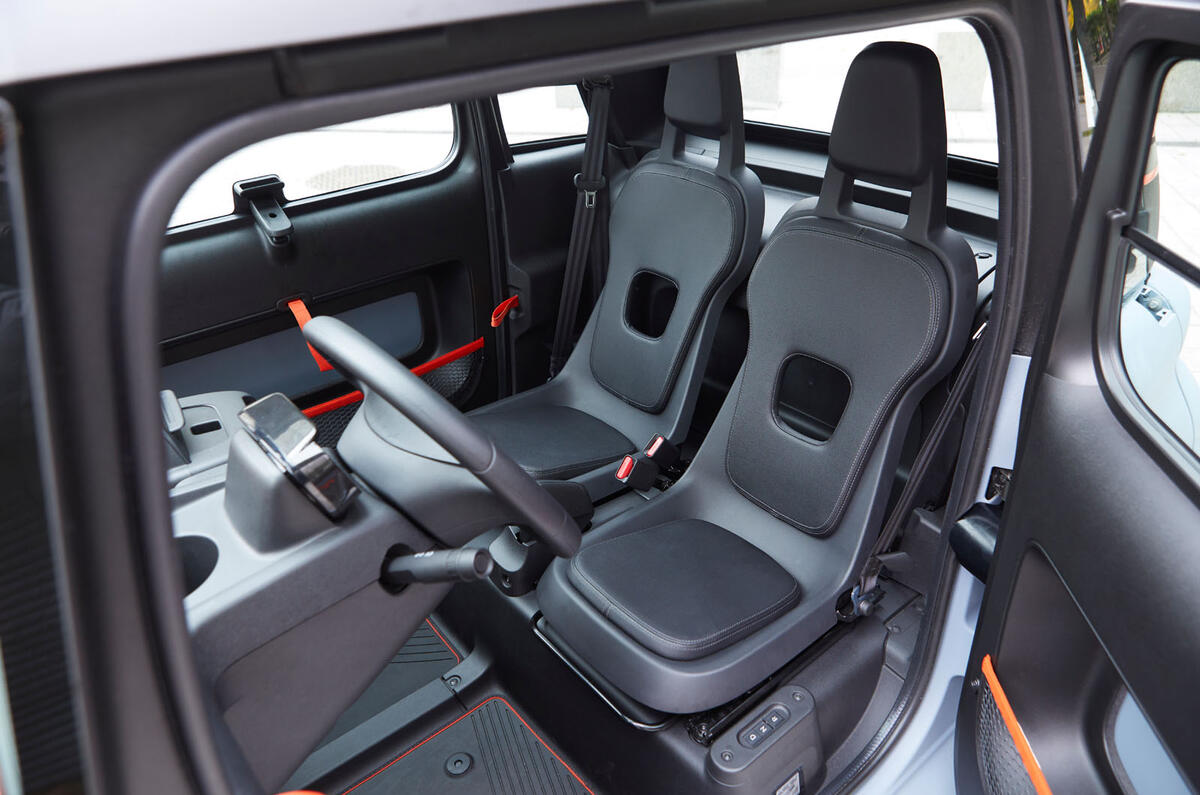









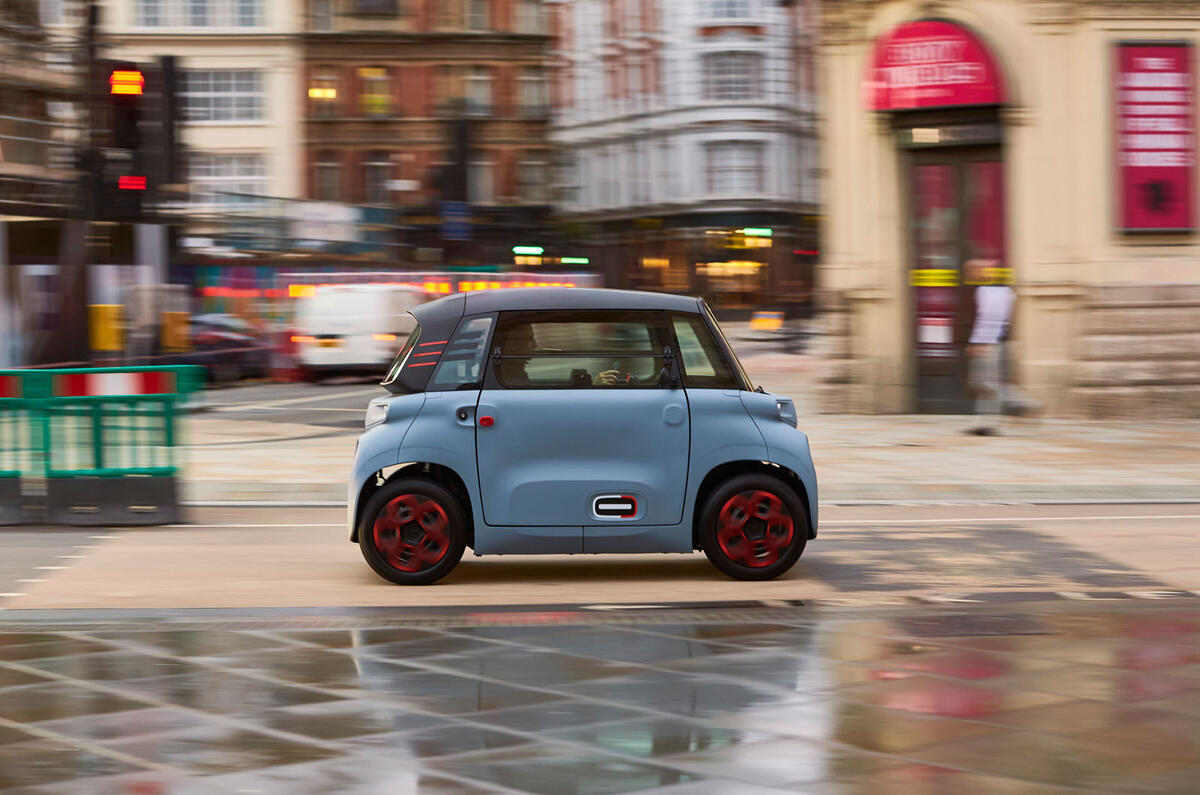


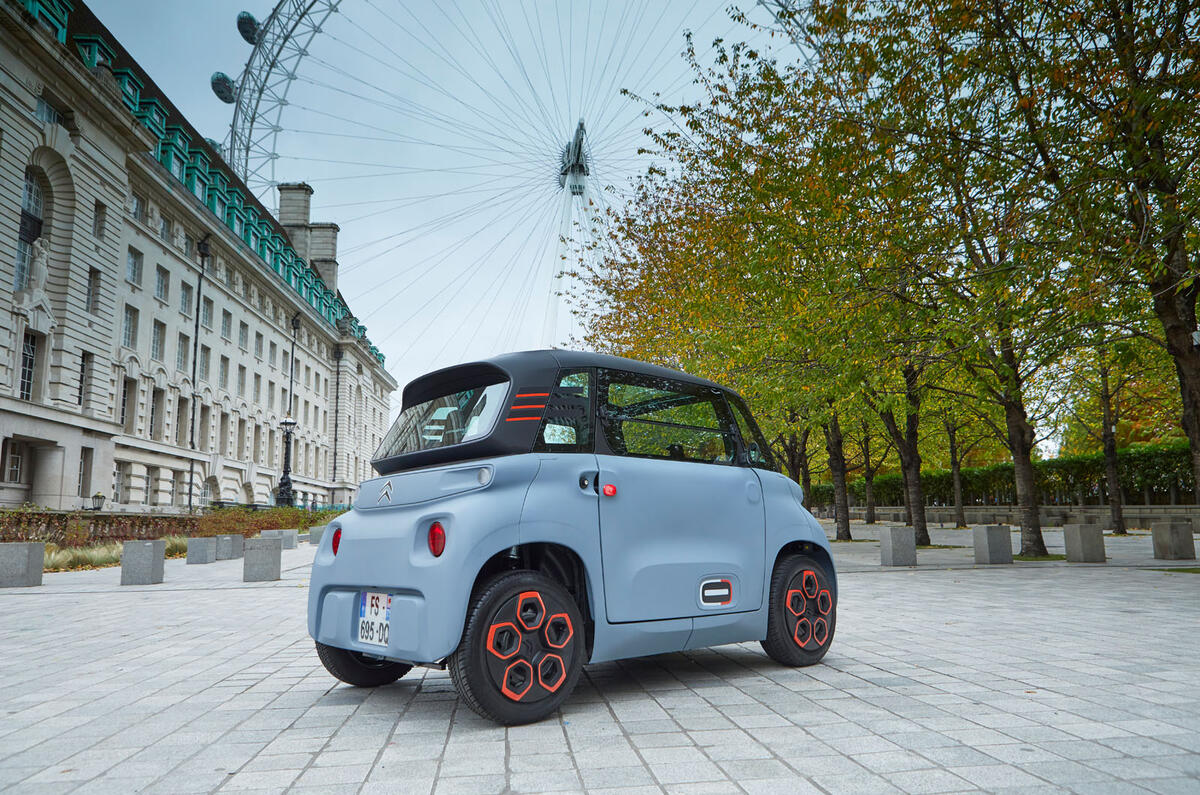
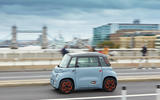
























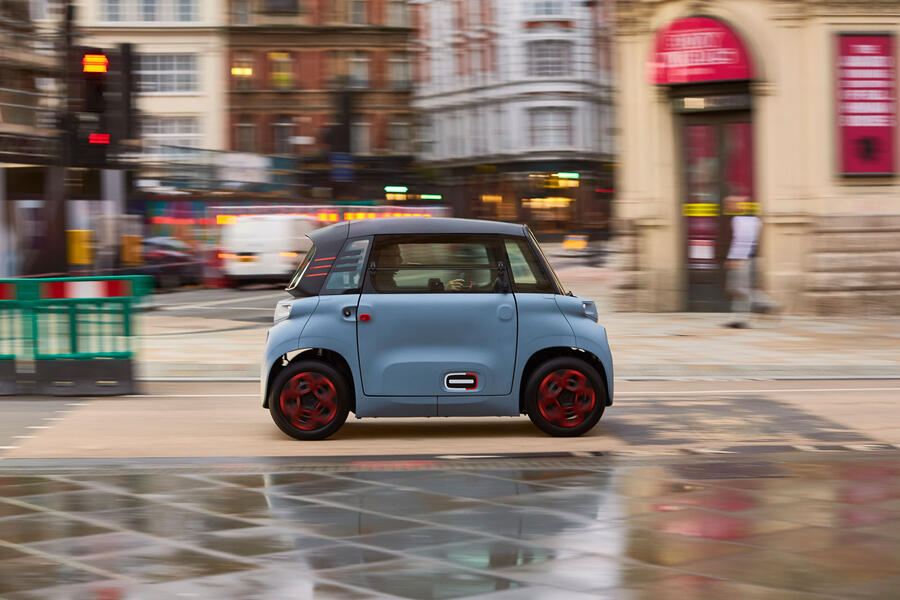





Join the debate
Add your comment
Ugly possible second-car choice, though the minimal range is tight, even for urban dwellers.
Extra seats and a boot. A city car.
So an e up, I agree actually apart from the price rockets up and no one wants to build city cars anymore, which is a shame.
Do that, and it's a Smart car, like you said, it has limited use, if it could be made autonomous it could be used as a way of getting home from a night out for two easier, you could have the extra glass ( that's two these days) and be driven home in one of these!
Matt, I dont think it matters which side the charging socket is located....if the cable has a 3 pin plug where in the urban world are you going to plug it in?!
Only a very select few have a drive in City locations.